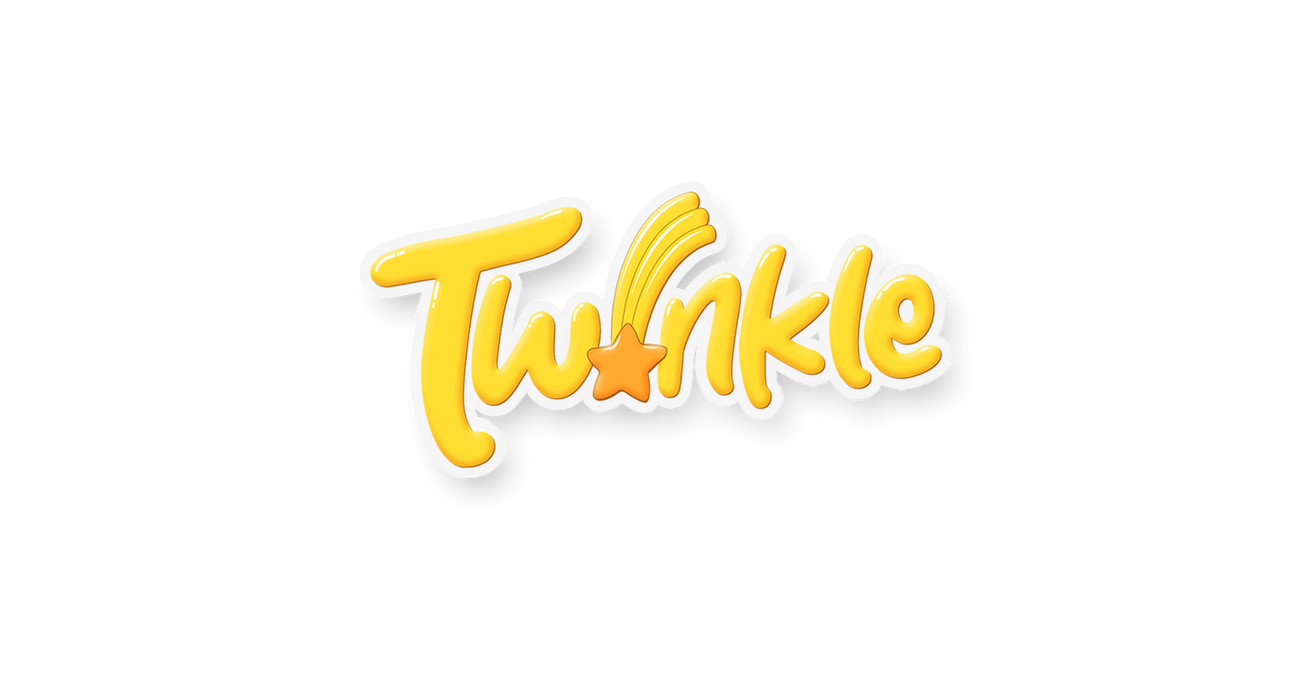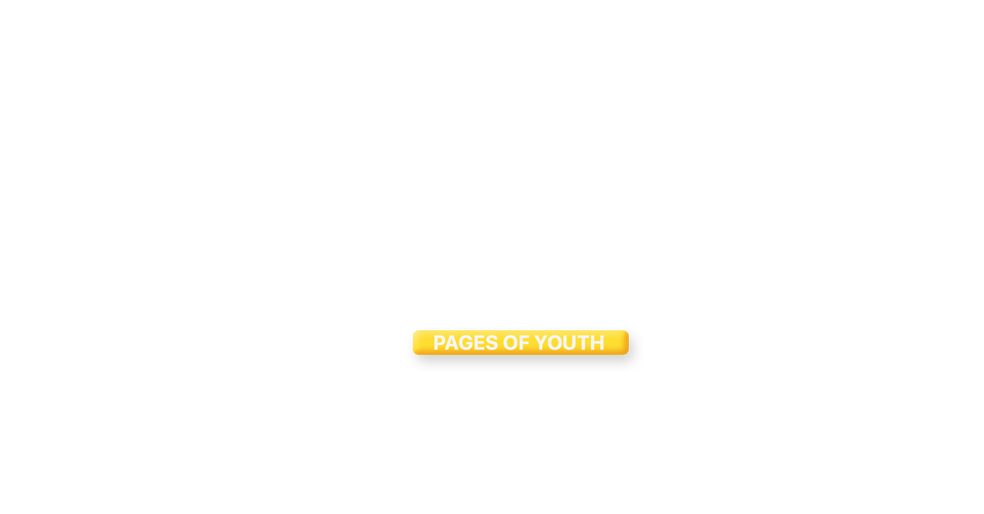HEALING YOUR INNER CHILD PART I:
Here’s To Never Growing Up
BY KENNETH TESTON & MAXINE PANGAN | NOVEMBER 14, 2023

Let’s face it: life, for the most of it, sucks. Most of us get up from the same old bed every day just to do the same old work and go home to the same old place. And in the midst of everything not making sense, we try to find something that does.
The One Where There’s Hurting
As a person who has been scrolling through my phone everyday, I have been well-acquainted to seeing trends on how people have different ways in healing their inner child. It made me wonder: why do people want to go back? What is so special about their childhood that they like to remember?
Our inner child, according to behavioral psychotherapist Paul Roebuck, is described as an ‘emotional state or sub-personality within us.’ The concept of the wounded inner child stems from how we unintentionally suppress our emotions during our childhood whenever we experience unexpected and upsetting occurrences. By suppressing our emotions, we are preventing ourselves from expressing them, which can cause them to stay locked up indefinitely or until they occasionally explode out in an uncontrollable way.
What’s even devastating is that the trauma we got from our past little selves may manifest into a much bigger effect when we become adults. Some people developed a fear of eating in public places because they were laughed at by their siblings at the dinner table when they have wet themselves. Another one failed to attend her best friend’s wedding because they hated public speaking, and it came from her being bullied at school due to her unique accent.
And just like every other problem, the first step to healing it is recognizing that such a problem exists. To connect and heal our bruised inner child, one must identify the trigger of a childlike behavior and release the bottled up emotion.
The One Where There’s Healing
In order to reconnect with and nurture the wounded inner child, self-reflection, inner work, and other therapeutic practices are suggested to be exercised. Through this approach, people can overcome problems that might include low self-esteem, self-destructive actions, and dysfunctional relationship patterns which may all have been rooted in unresolved childhood trauma.
It is vital to remember that the views on child healing differ, and the idea is not always acknowledged in the psychological field. While some therapists and psychologists think one way is an effective technique, others might choose other treatment modalities. As with any idea or method in psychology, each person might react differently to inner child healing.
Our inner child is an echo of our younger selves; however, within every happy memory engraved, comes the reflection of our unsatisfied needs when we were younger. And upon going back, upon doing things we have been deprived of, trying to be a little kinder to ourselves, and discovering things that spark joy, we get the chance to reclaim and give our young little selves the happiness they have long deserved.
The One Where There’s Healing: Filipino Edition
We all have what we consider as the time of our life and for many Filipinos, it’s their youth. It’s when we laughed our hearts out, made the best memories, fell in love, or cried a river—times we’d remember all too well.
Concepts like ‘Batang 90s’ and ‘Batang 2000s’ exist as these are great examples of how Millennials and Gen Zs heal their inner child because of how reminiscing these times—the good part, at most, brings nostalgia.
Filipino kids during the 90s and early 2000s would always brag about how cool their era was; playing outside until it’s dark, watching cartoon shows from Nickelodeon and Cartoon Network, listening to Side A, Parokya ni Edgar, Sugarfree, Eraserheads, and Backstreet Boys with their customizable Walkmans, having ‘telebabad’ conversations with friends over landline phones, and hanging out at the park or playing billiards.
Life during their childhood was simple yet fulfilling. There were no complicated social media posts, long lines in transportation, or draining job orders. It is solely for this reason why the ‘Batang 90s’ and ‘Batang 2000s’ concepts still live up to their names 'till now. Through these concepts, they can relive the moments where they felt young, happy, and free. And through these concepts, they all get to stay as their little selves every once in a while.
The One Where We Could All Stay This Little
Essentially, we heal our inner child because the memory of our youth provides us some sort of comfort and security we needed as a kid. But healing the inner child within ourselves doesn’t have to be grand and take a lot of energy, it doesn’t have age requirements, and it can be done in different ways.
Healing our inner child may come in the form of dining at your favorite fast food chain or eating comfort food. It may even be through buying toys, books, or things you couldn't afford before. If listening to old songs makes you feel at ease, then blast it through the speakers! You may even travel back to the places you have loved or just stay at home playing your childhood games and rewatching your favorite TV shows.
Every once in a while, let yourself have the freedom that your little self and even your present self have always deserved. Let yourself break free from the trauma, because just like any other human on this earth, you are worthy of finding the things that make sense in a world full of nonsense things.
Our little selves reflect who we are now as adults. No matter where life takes us, never stop making the little you happy.


